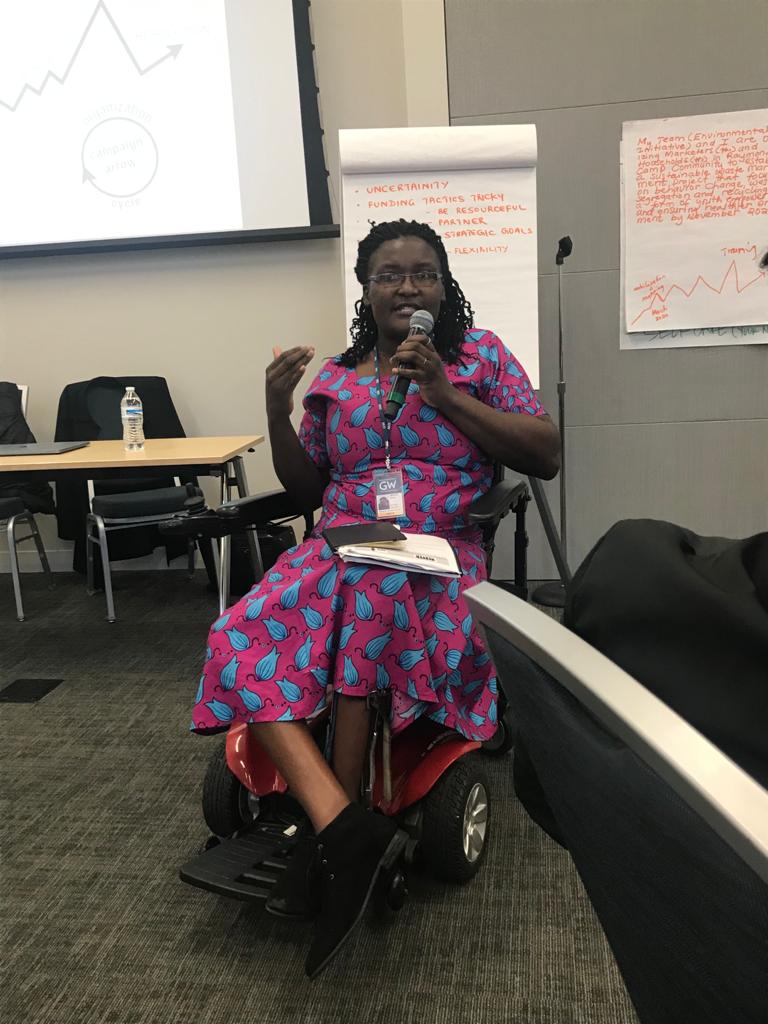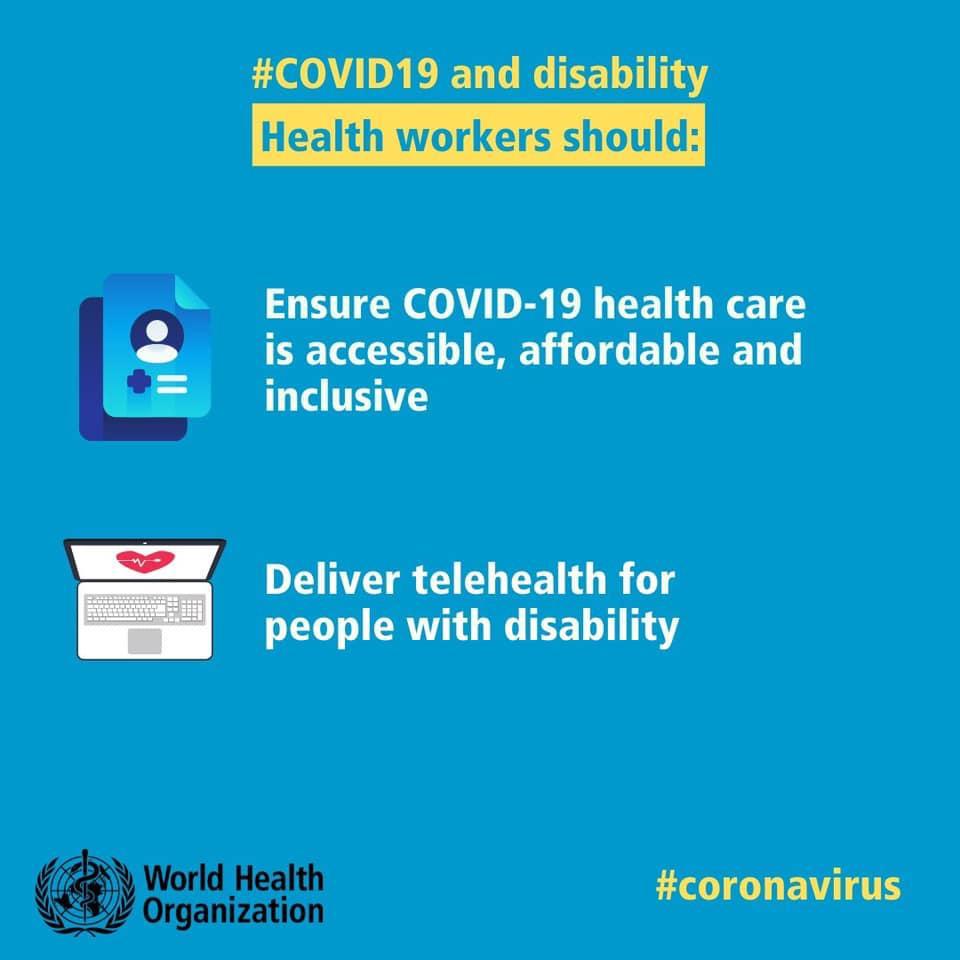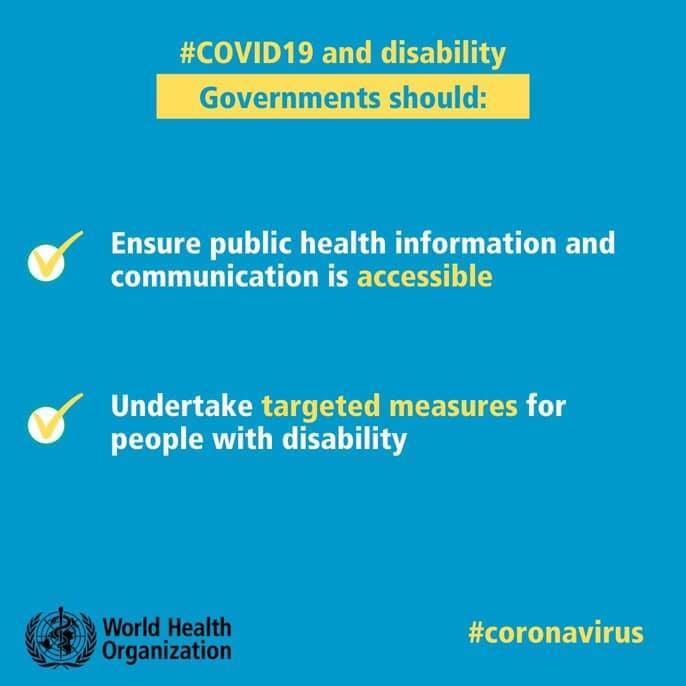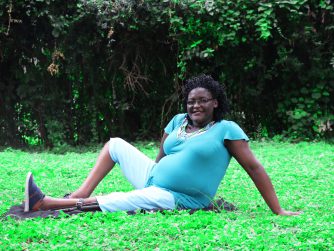World Health Organization declared Coronavirus Disease (COVID19) a pandemic on March 11,2020 following presence of 118,000 cases in over 110 countries and territories around the world with a sustained risk for further spread. At a media briefing, Dr. Tedros, The WHO Director General called upon sectoral and individual involvement in the fight against COVID-19.
Two days after the declaration of the Pandemic by WHO, Kenya recorded the first case of COVID19 amid panic and speculations among the citizens. Prior to the declaration, the disease outbreak was surrounded by myths such as “Children are immune to the Virus”, “The virus can’t survive in high temperatures”, and “The virus affects old people”. With all these myths, Kenyans felt safe since the myths presented a favorable situation to majority of the population. Some of the quick measures enforced by the government of Kenya were, closure of all learning institutions, establishment of COVID emergency response committees at both national and county level as well as regular media briefings on the situation of COVID19 as well as national guidelines on how to contain the virus.

As the virus made top agenda both globally and nationally with infections spreading pretty fast, there was little or no focus given to the impact of the virus on people with disabilities from basic actions such as access to information to critical measures such as emergency response measures to the pandemic.
Globally, the world is home to approximately one billion people with disabilities, eighty percent who live in developing countries and 2-4% experience significant difficulty in functioning. With the increased prevalence of chronic diseases this number is bound to increase. People with disability experience poorer health outcomes, have less access to education and work opportunities, and are more likely to live in poverty than those without a disability. The global situation of people with disabilities as outlined by WHO and World Bank is replicated in Kenya
Why We must address Structural Inequalities experienced by persons with disabilities:
In the Wake of COVID19, WHO and respective government ministries of health have developed and advanced key messages around hand hygiene, social distancing, quarantine, isolation of suspected cases and staying at home”.
Majority of persons with disabilities have been missing out on key messages on containing the virus for various reasons such as lack of sign language interpreters during media briefings, lack of information in accessible formats, complexity in messaging for people with intellectual disabilities and “complete cut off on information for poor disabled persons who can’t access television, internet, smart phones merely because the information channels has been social media, radio and television”.

Social distancing has proven to be the most difficult outcome for people with disabilities who are constantly and in full time need of personal assistance and personal guides for basic services such as self-care. Little or no information is available for personal assistants of persons with disabilities on best ways of offering care to persons with disabilities during this pandemic, thereby leaving people with disabilities to act in their own discretion.
More so, hand sanitation goes beyond hands all the way to assistive devices such as crutches, calipers, prosthetic limbs, wheelchairs and white canes just to name but a few. This aspect in itself compounds the cost of sanitizers used by persons with disabilities. And for those who do not have assistive devices and are forced to crawl or walk while touching surfaces, the situation becomes even more wanting! The whole aspect of sanitation is either compromised or too expensive if at all it is achievable.
The New Normal:
With the outbreak of COVID19 most people are working from home with exception of those who are providing essential services which must be provided on site. Companies/businesses and individuals have quickly adopted to “working remotely” as the only feasible way to contain the spread of the virus. Interesting enough, most jobs in both private and public sector which were presumed to be undertaken in office setting are currently being done from home with support of Technology. One would rightfully think that this “New normal” is the ideal situation for people with disabilities who courtesy of their disability would conveniently work remotely and on ‘’flexi schedules”.

The reality check reveals that majority of persons with disability are unemployed with key reasons for unemployment being inaccessible workplaces i.e. lack of elevators and ramps in office buildings, high cost of hiring sign language interpreters and personal assistants as well as the cost of making adjustments/modifications to office buildings to ensure that they are disability friendly. These scenarios have prompted most potential employers to hire people without disabilities and simply forget about the nightmare of “reasonable accommodations” that would create an employment opportunity for a person with disability.
Potential Employers have also lamented that persons with disabilities lack the requisite qualifications for various jobs. The case of structural inequalities is well demonstrated in education system where learners with disabilities struggles to get education that would adequately prepare them for the job market. The systemic challenges boil down to physical accessibility of learning institutions, inadequate adaptive technology to support disability specific needs, lack of assistive devices and limited or no resources allocated to meet disability specific needs. A small percentage of learners with disabilities make it to higher education whereas majority do not transition from basic education to higher education
Inequitable and socially unjust systems have led to underemployment and unemployment of persons with disabilities leaving most of them to work in the informal sector or to be totally unemployed and a few employed in private and public sector. Post COVID19 it would be important to offer equitable education and employment opportunities now that we know that most jobs can be done remotely without heavy investment on physical infrastructure. Policy makers should desist from policies that lump all vulnerable groups together but rather develop policy guidelines that speak to specific guidelines on how to mitigate the unique challenges of the different vulnerable groups, whether Children, Women, Persons with Disabilities or old people.








I was reading some of your posts on this internet site and I believe this web
site is rattling instructive! Retain putting up.Raise your business